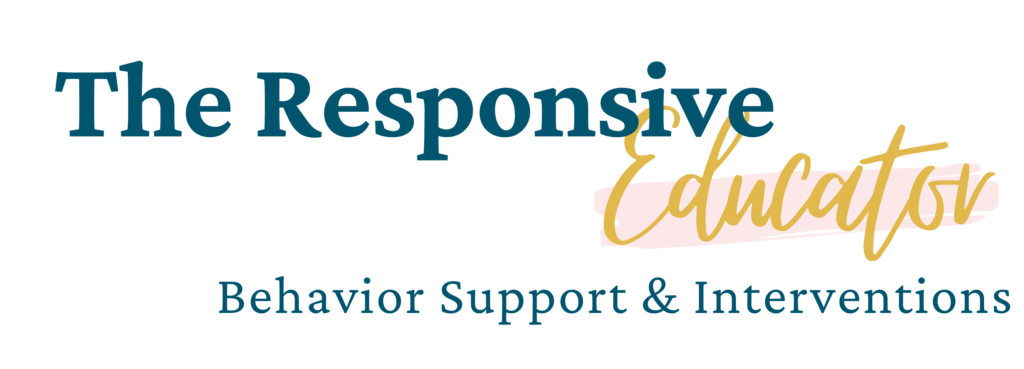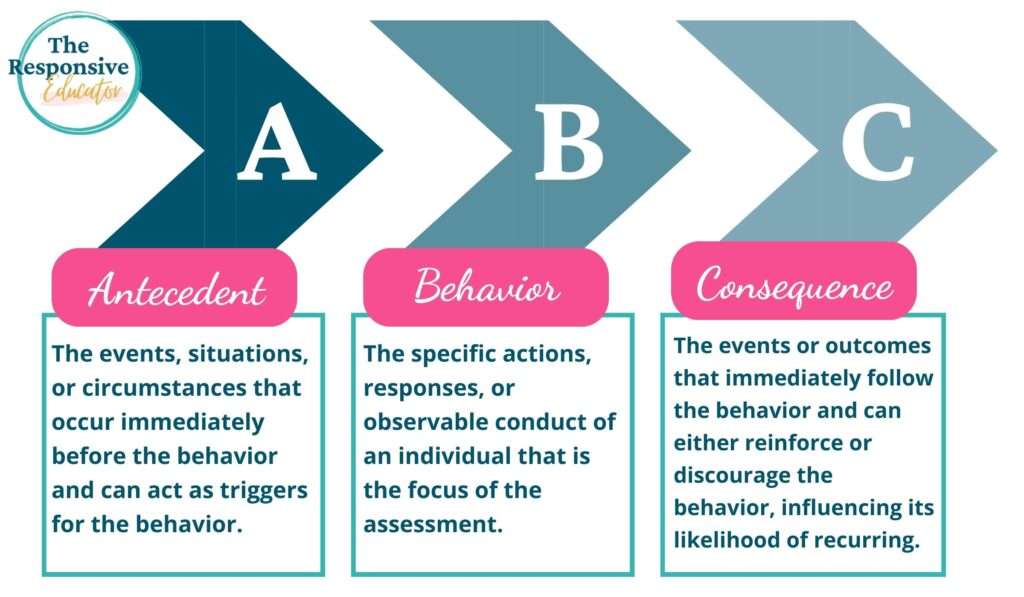

Functional Behavior Assessments (FBAs) are invaluable tools for understanding and addressing challenging student behaviors. They help educators identify the root causes of behaviors and create effective interventions to support students. However, the process for conducting FBAs can be overwhelming, with challenges ranging from data collection to stakeholder collaboration.
This post explores the most common challenges educators face when conducting FBAs and provides actionable strategies to overcome them. If you’re looking for tools to simplify the process, you’ll find recommendations at the end of this article.
Accurate and comprehensive data collection is the foundation of successful FBAs. However, collecting this data can feel daunting, especially in busy classrooms where it’s difficult to document every detail.
Structured tools and systems can simplify data collection and help ensure you capture critical details when crafting FBAs. Consider these strategies:
Regularly tracking behavior data also helps reduce stress during IEP meetings or progress reporting, as you’ll already have a clear record of the student’s progress.
To learn more about collecting accurate and comprehensive data, take a look at this post: How to Use Behavioral Baseline Data to Promote & Measure Student Growth.

Classrooms are dynamic, and pinpointing the antecedents (triggers) of a behavior can be tricky. Multiple factors—such as transitions, peer interactions, or environmental changes—can contribute to behavioral challenges.
The Antecedent-Behavior-Consequence (ABC) framework is a simple and effective way to analyze behavior and identify patterns when crafing your FBAs. Here’s how to use it:
Recording this data consistently will help you identify behavior patterns and refine your strategies.
To learn more about the ABCs of behavior, take a look at How to Conduct a Functional Behavior Assessment: A Comprehensive Guide for Educators. This post offers an overview of the FBA process, including how to use the ABC framework to identify behavior triggers and analyze patterns.

FBAs are essential for crafting a functional hypothesis, which explains the “why” behind a behavior. It identifies what the student is trying to achieve (e.g., attention, escape, sensory input) and is crucial for creating an effective intervention plan. However, developing a hypothesis that’s both specific and actionable can be challenging.
To create a strong hypothesis:
For example: “When given independent work during math, the student engages in disruptive behavior to escape the task.” A well-crafted hypothesis ensures that intervention plans directly address the root cause of the behavior.
To learn more about the how to develop a functional hypothesis, I suggest reading How to Conduct a Functional Behavior Assessment: A Comprehensive Guide for Educators.This post offers in-depth information on crafting a functional hypothesis using data.
Turning findings from FBAs into practical Behavior Intervention Plans can feel daunting, especially if you’re new to writing BIPs. Proactive strategies, replacement behaviors, and reinforcement systems need to align closely with the functional hypothesis.
An effective BIP should include the following components:
Clear, actionable steps in your BIP ensure the student receives meaningful support while making it easier to monitor progress.
To learn more about how to write an effective behavior intervention, you will find Building Effective Behavior Intervention Plans: A Step-by-Step Guide to be very useful. This post provides additional support for creating proactive strategies, replacement behaviors, and reinforcement systems.

FBAs often involve collaboration with multiple stakeholders, including general education teachers, parents, and sometimes even students. Ensuring everyone understands the process and their role can be challenging.
Start by explaining the purpose of the FBA and how their input will help the student. Here are some strategies to build collaboration:
Building trust and maintaining open communication with stakeholders improves the success of the FBA and any resulting intervention plans.

While FBAs are incredibly valuable, they can also be time-consuming. The right tools can save time and help you focus on what matters most: supporting your students. Here are some resources that can help:
By combining these resources with the strategies outlined above, you can navigate the FBA process with confidence and efficiency.

Support your students’ individual needs with our exclusive Classroom Concerns Checklist.
Identify key concerns in areas like cognitive skills, communication, social/emotional behavior, and more.
Sign up now to receive instant access and valuable insights on addressing classroom concerns.
Don’t miss out, join our community today!